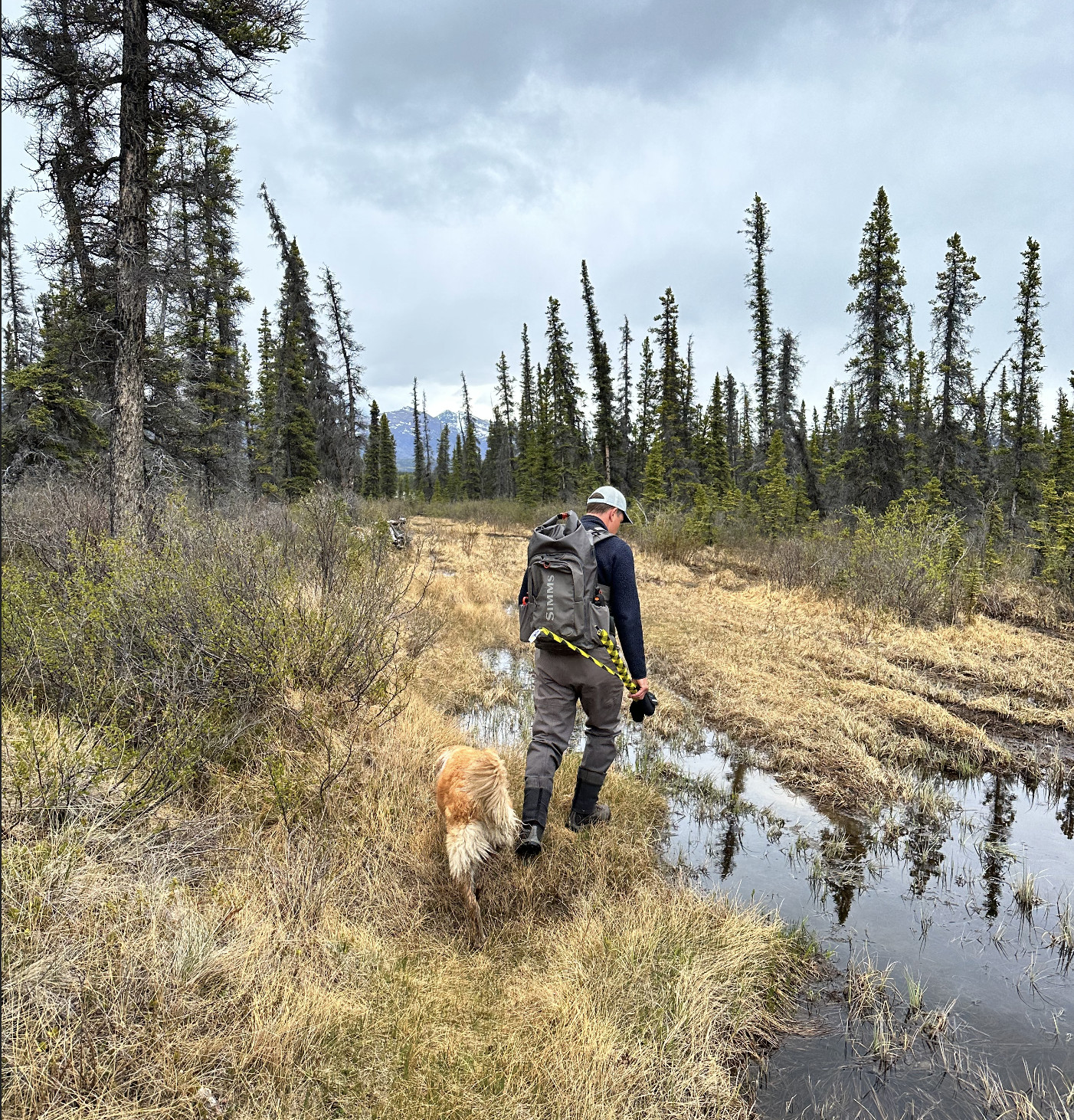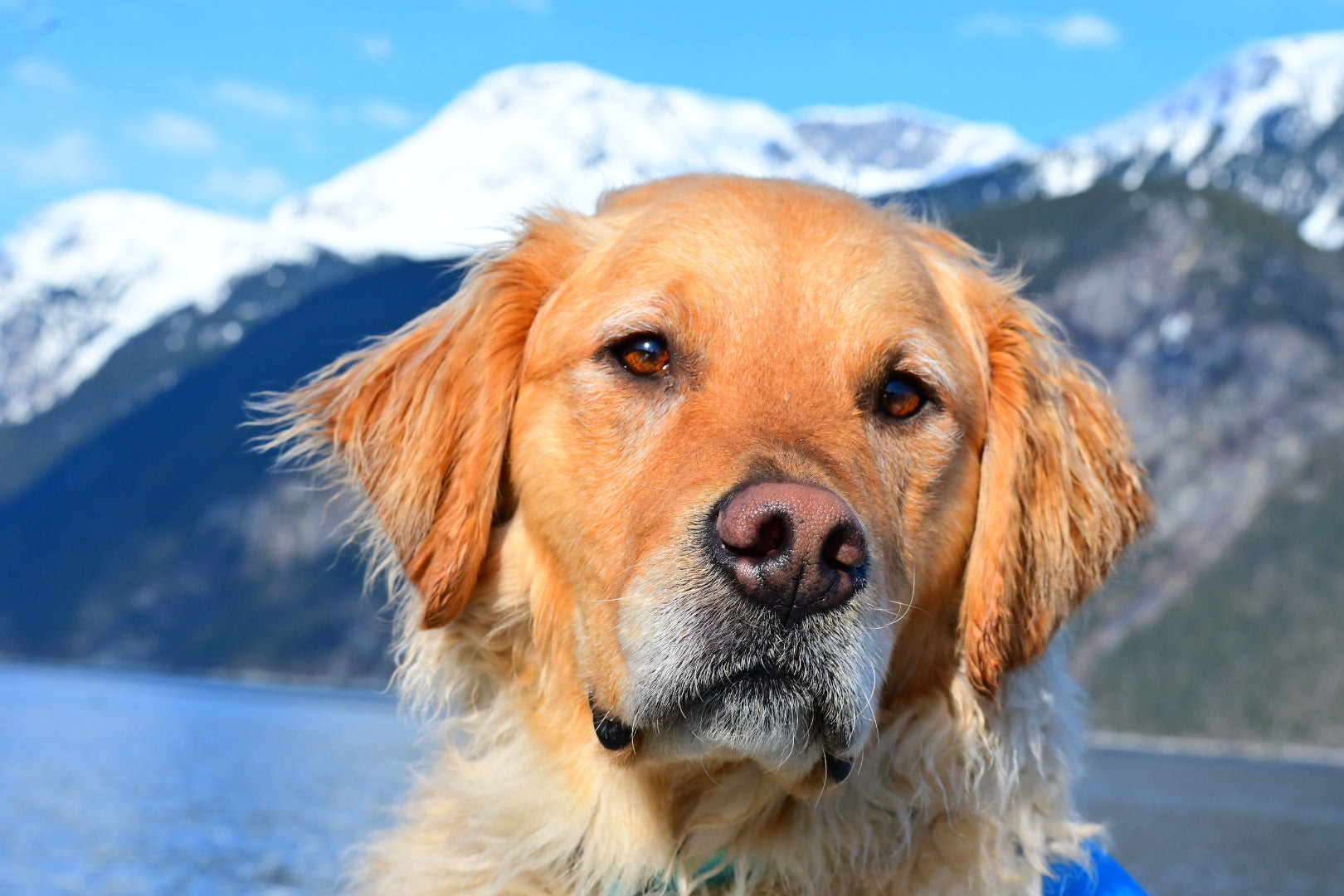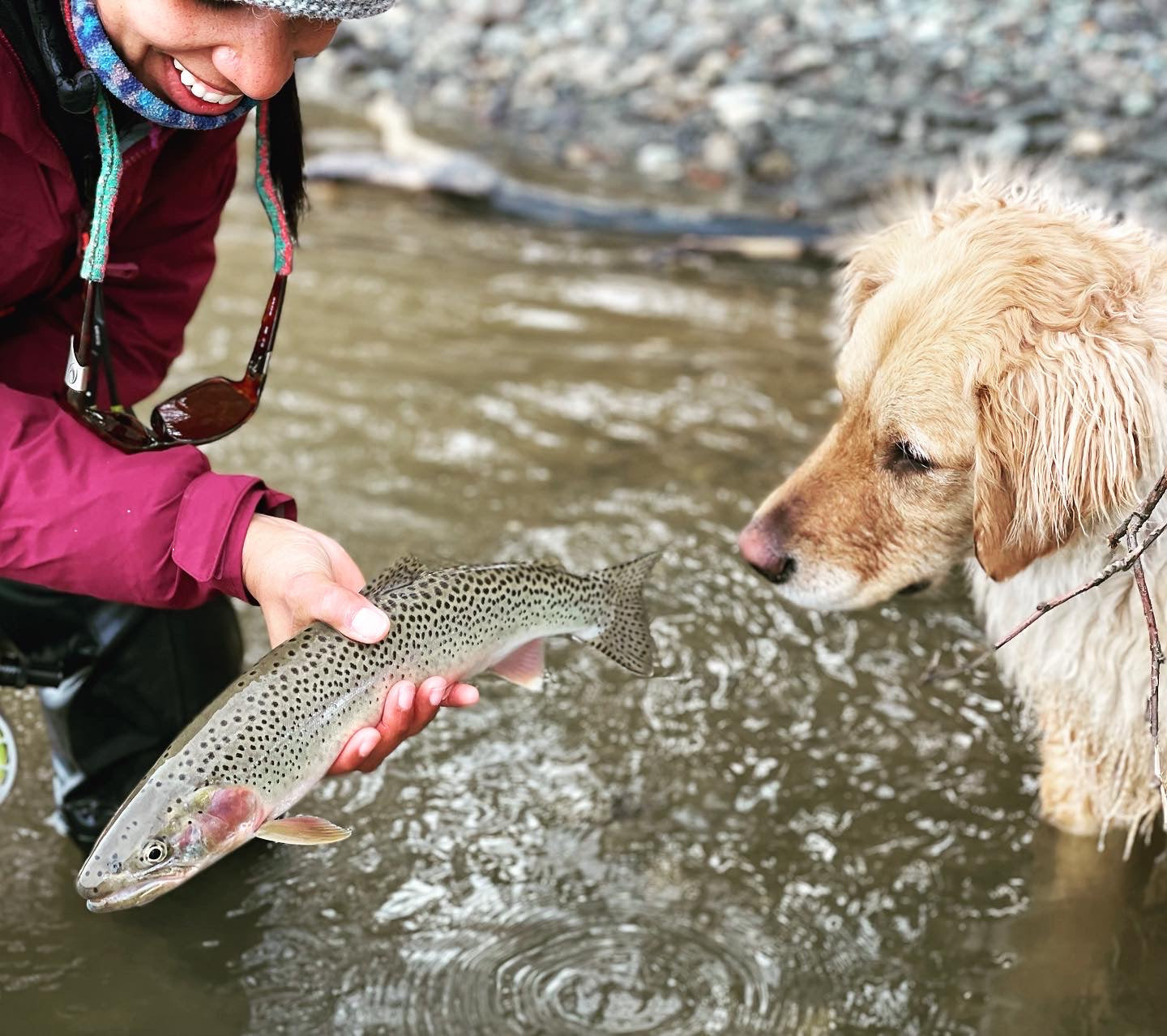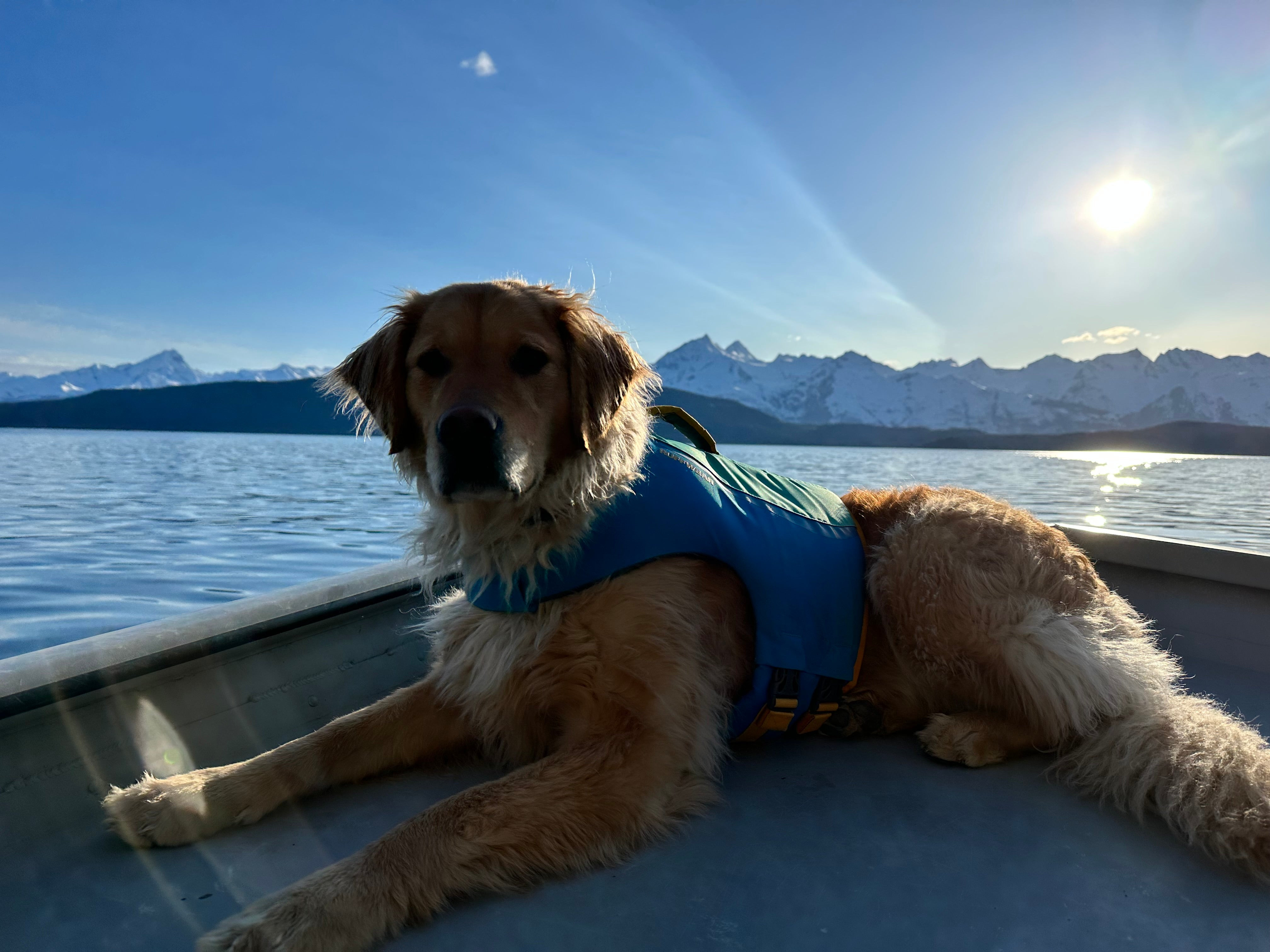Traveling with your dog can be an incredibly rewarding experience, opening up a world of adventures you can share with your furry best friend. Whether you’re relocating, embarking on a vacation, or visiting family, bringing your dog along can enrich your journey. However, air travel with pets requires careful planning and preparation to ensure their safety and comfort.
 Golden Retriever puppy looking out of a car window, representing travel anticipation
Golden Retriever puppy looking out of a car window, representing travel anticipation
Flying with your dog involves more than just booking a ticket; it’s about understanding airline regulations, ensuring your dog is fit to fly, and making the entire process as stress-free as possible for both of you. From choosing the right carrier to managing in-flight needs, every detail counts. This guide will walk you through the essential steps to confidently and safely fly with your dog.
One of the first steps is understanding that airlines have specific rules and restrictions regarding pet travel. These can vary significantly between airlines, so thorough research is crucial. Start by checking the pet policies of the airline you plan to fly with. Pay close attention to breed restrictions, size limitations for in-cabin pets, and carrier requirements. Some airlines may not allow certain breeds, particularly brachycephalic (short-nosed) breeds, in cargo due to potential respiratory issues.
 Close-up of a Golden Retriever's face, symbolizing the dog's well-being during travel
Close-up of a Golden Retriever's face, symbolizing the dog's well-being during travel
Before booking your flight, contact the airline directly to confirm their specific pet travel policies and to make a pet reservation, as space for animals on flights can be limited. You’ll need to provide details about your dog’s breed, weight, and carrier dimensions. It’s also important to inquire about any necessary health documentation required for your dog to fly, both at your departure and arrival destinations.
Ensuring your dog is healthy and fit for air travel is paramount. A visit to your veterinarian is essential before your trip. Your vet will perform a health check to ensure your dog is healthy enough to fly and provide any necessary vaccinations or health certificates. A health certificate, typically issued within 10 days of travel, is often required by airlines and may be mandatory depending on your destination’s regulations. Discuss any pre-existing health conditions your dog has with your vet to determine if air travel is safe for them.
 Woman holding a dog, representing veterinary check-up for safe air travel
Woman holding a dog, representing veterinary check-up for safe air travel
Choosing the right travel carrier is crucial for your dog’s safety and comfort during the flight. For in-cabin travel, the carrier must be small enough to fit under the seat in front of you and well-ventilated. For dogs traveling in cargo, the carrier must meet specific International Air Transport Association (IATA) guidelines. These guidelines ensure the carrier is sturdy, escape-proof, has adequate ventilation, and is large enough for your dog to stand, turn around, and lie down comfortably.
Acclimating your dog to their travel carrier well in advance of your flight is highly recommended. Start by making the carrier a positive space at home. Place treats, toys, and comfortable bedding inside to encourage your dog to enter and relax in the carrier. Gradually increase the time your dog spends in the carrier, and take them on short trips in the carrier to get them accustomed to being confined in it.
Here are key steps to take when preparing your dog for air travel:
-
Identification: Ensure your dog has proper identification, including a collar with ID tags and a microchip. Make sure your contact information is up-to-date on both.
-
Pre-Flight Feeding and Hydration: Avoid feeding your dog a large meal right before the flight. A light meal a few hours before departure is usually recommended. However, ensure your dog stays hydrated. Offer water up until a couple of hours before the flight to minimize the need for bathroom breaks during travel.
-
Exercise: Provide your dog with plenty of exercise before heading to the airport. A long walk or play session can help them relax and rest during the flight.
-
Comfort Items: Pack familiar items like a favorite blanket or toy to place in the carrier. These familiar scents can help reduce anxiety and make your dog feel more secure.
-
Leash and Harness: Use a secure harness and leash when navigating the airport. This provides better control and ensures your dog’s safety in busy environments.
 Dog wearing a harness, ready for airport navigation before flying
Dog wearing a harness, ready for airport navigation before flying
On the day of travel, arrive at the airport with ample time to check in and go through security. Airline check-in procedures for pets can take longer, so allow extra time. Inform airport staff that you are traveling with a dog and follow their instructions. When going through security, you will likely need to remove your dog from their carrier and walk them through the security checkpoint while the carrier is screened separately.
Once you’re through security, find a designated pet relief area at the airport for your dog to relieve themselves before boarding. These areas are usually marked and provide a safe and hygienic space for your dog to take a potty break.
During the flight, if your dog is traveling in the cabin, keep the carrier under the seat in front of you throughout the flight. You won’t be able to take your dog out of the carrier during the flight. For dogs traveling in cargo, airline staff will ensure they are loaded and unloaded safely and that the cargo hold is temperature-controlled and pressurized.
After the flight, upon arrival, collect your dog promptly. If your dog traveled in cargo, head to the designated baggage claim area for live animals. Once you have your dog, find a quiet area to allow them to stretch their legs, drink water, and relieve themselves. Keep them on a leash and observe them for any signs of stress or discomfort after the flight.
Flying with your dog requires careful planning and attention to detail, but with the right preparation, it can be a safe and enjoyable experience for both of you. By understanding airline policies, ensuring your dog’s health and comfort, and being prepared for each step of the journey, you can confidently take to the skies with your beloved canine companion.